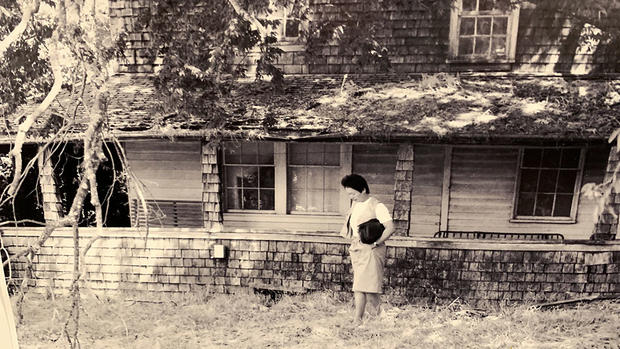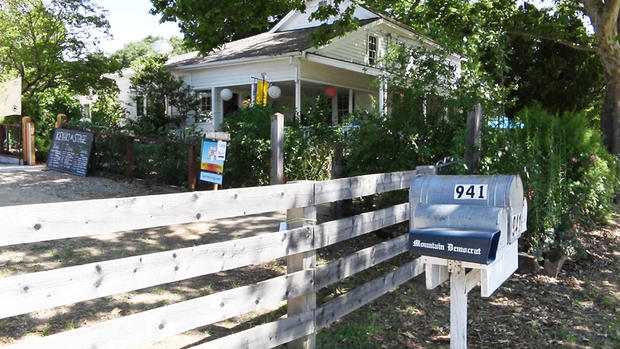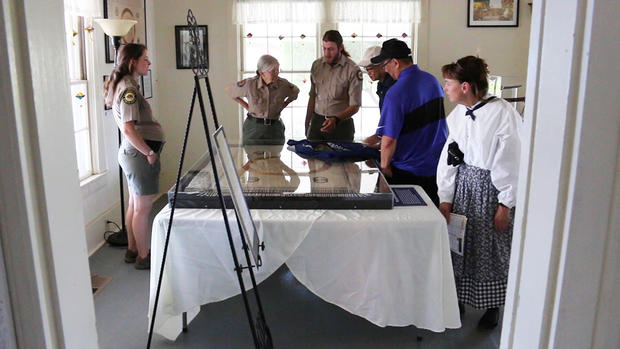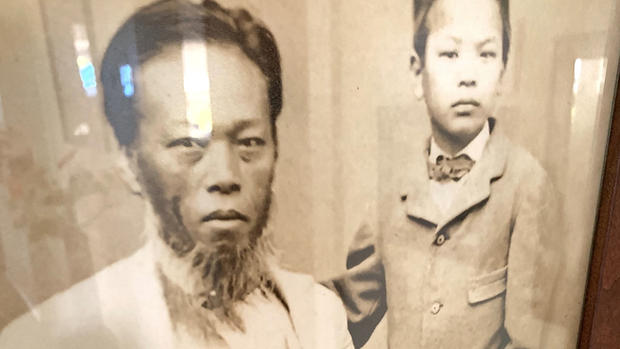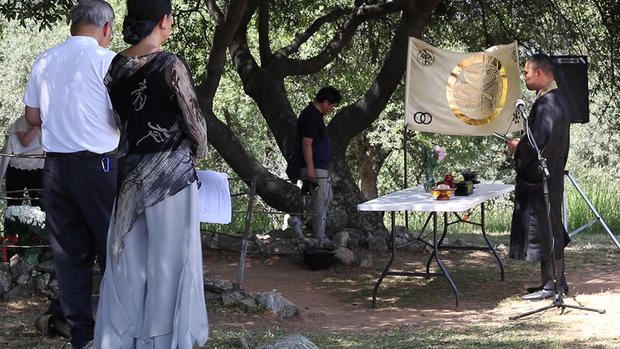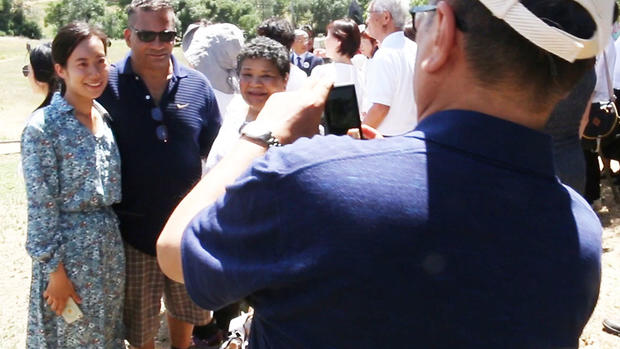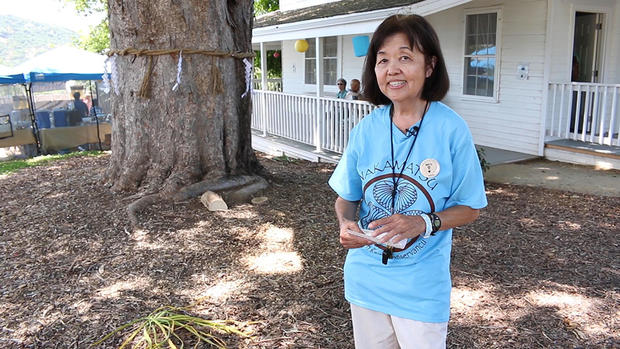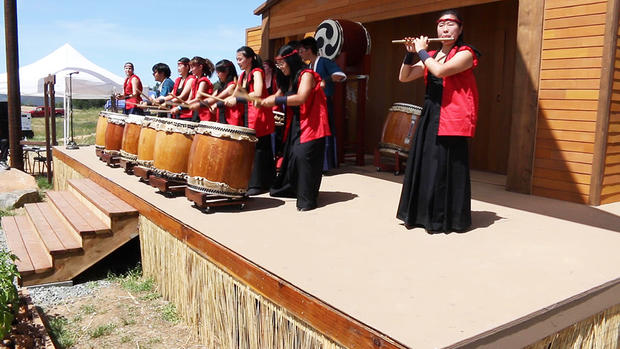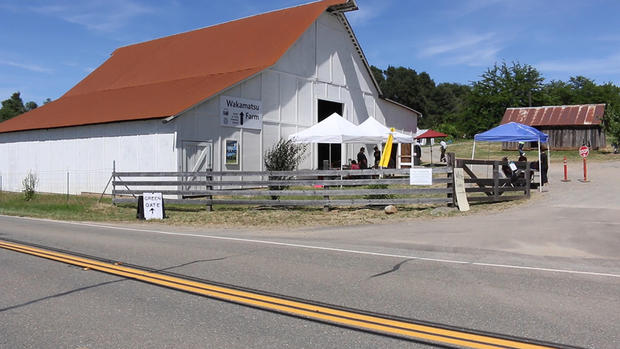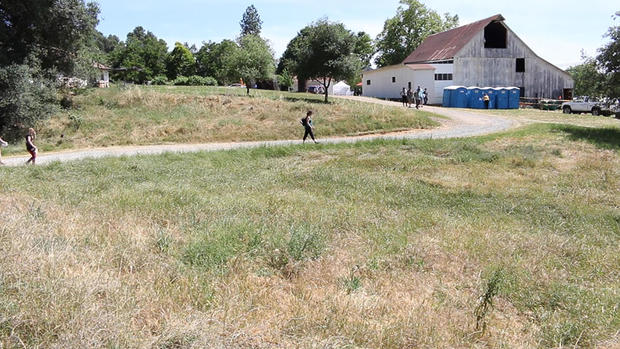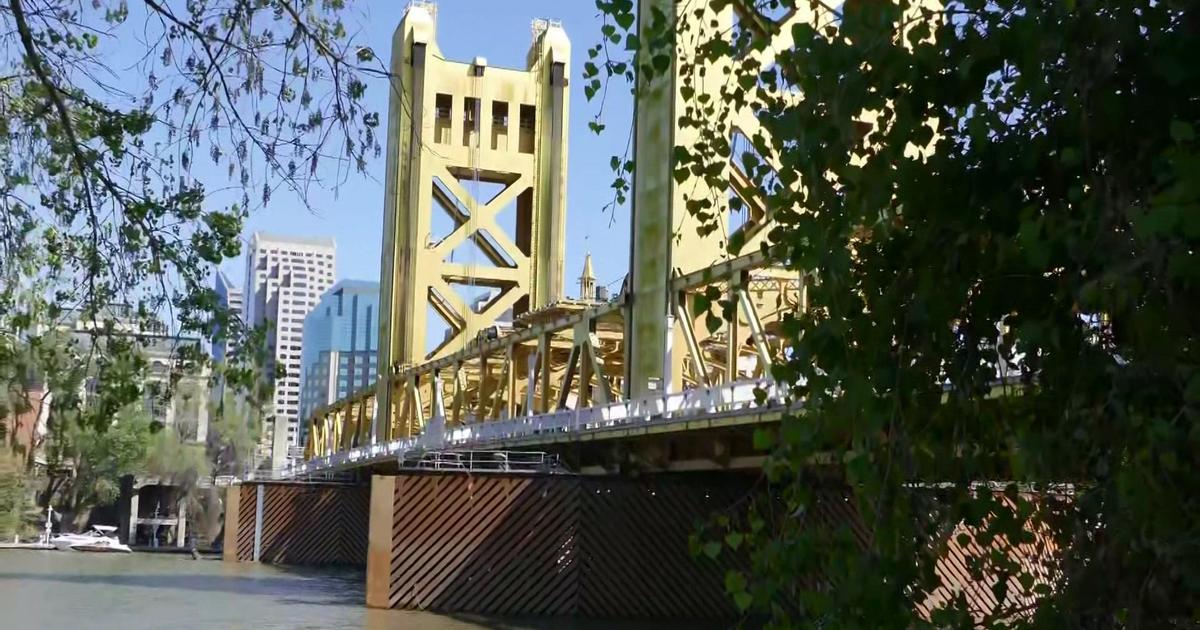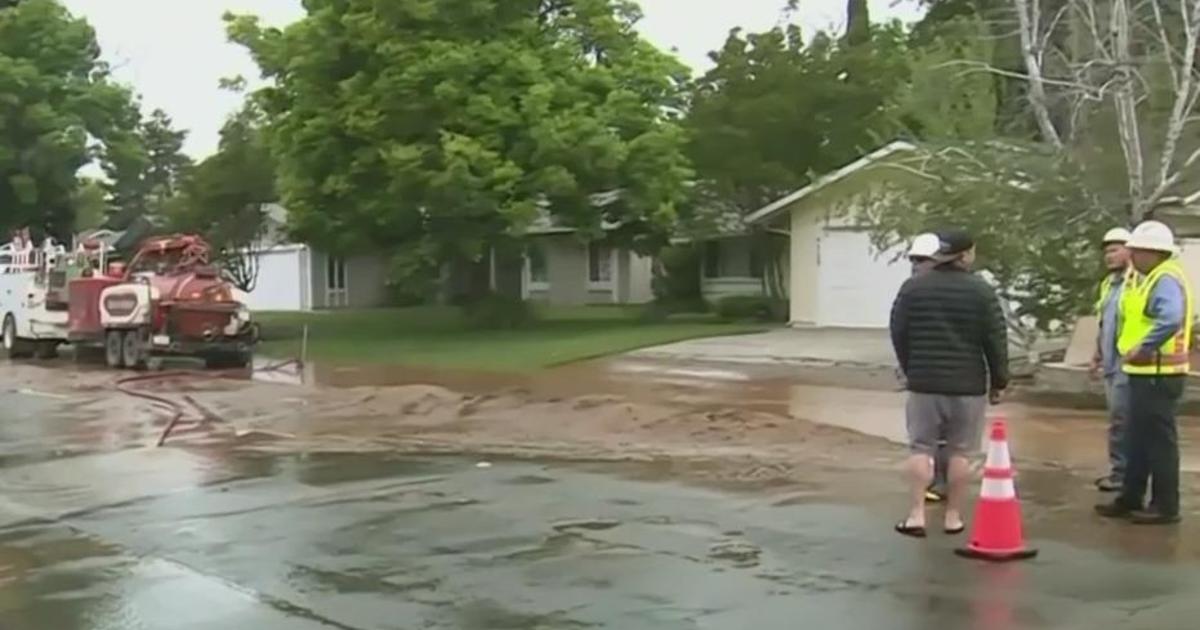Local Japanese Americans Celebrate First Foothold In America
PLACERVILLE (CBS13) — Japanese Americans are celebrating a little-known milestone this summer— the 150th anniversary of the first organized colony of Japanese immigrants in North America.
The 22 samurai driven from Japan by civil war established the Wakamatsu Tea and Silk Farm Colony outside Placerville in 1869, just a few miles from the spot where the Gold Rush began 20 years earlier.
"So maybe they heard about the land of opportunity and decided to make a fresh start here," explained Betty Tanimoto of Elk Grove, a volunteer docent at the Wakamatsu Farm.
Swipe through pictures of the Wakamatsu Colony
But a severe drought in 1871, coupled with tainted well water from the gold fields, led to the collapse of the colony after just two years. El Dorado County's pioneer Veerkamp family grazed cattle and ran a dairy farm on the property before selling it to the American River Conservancy in 2010.
The American River Conservancy opens the property to the public on special occasions, such as the 150th anniversary celebration this summer.
The Rev. Matt Hamasaki, resident minister of the Buddhist Church of Sacramento, led a memorial service for the first-known Japanese immigrant to die on American soil, a 19-year-old nanny named Okei Ito, who became ill after the collapse of the colony.
"It's important for us to recognize (our ancestors) because of the incredible foundation they set for the culture we're able to have now," Hamasaki said following the service.
Among those in attendance was Nari Shiraishi, 19, a sixth-generation descendant of a Wakamatsu Colony settler who has studied the colony for the past five years and made her first trip from Japan to see the property.
"I've really wanted to come here since I started this research about my ancestor," she said. "It's really exciting."
Besides the handful of known descendants of the original Wakamatsu settlers is another living reminder of their short experiment in the New World— a Japanese elm sapling planted by the immigrants that survived the drought and now towers over the farmhouse.
